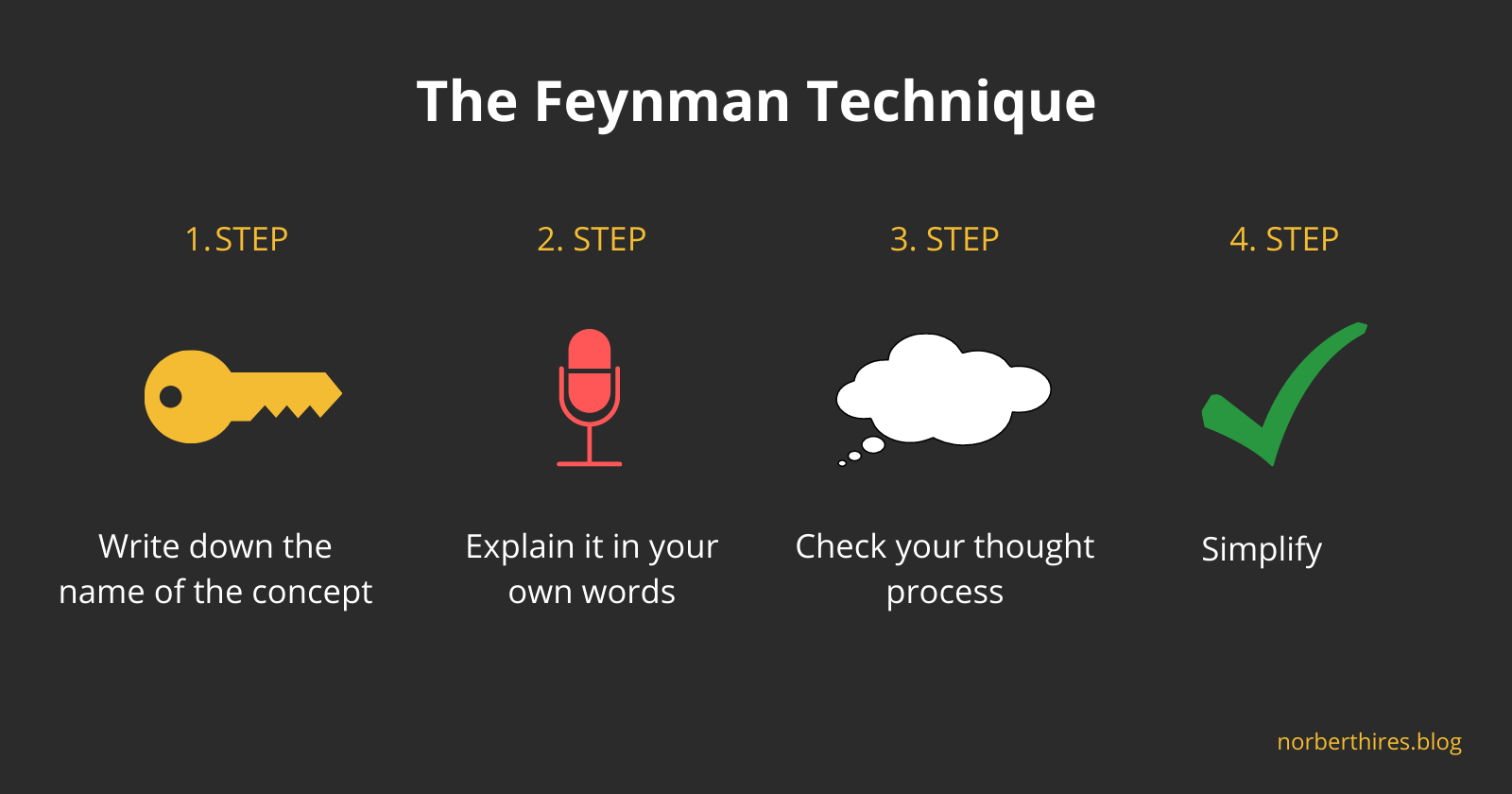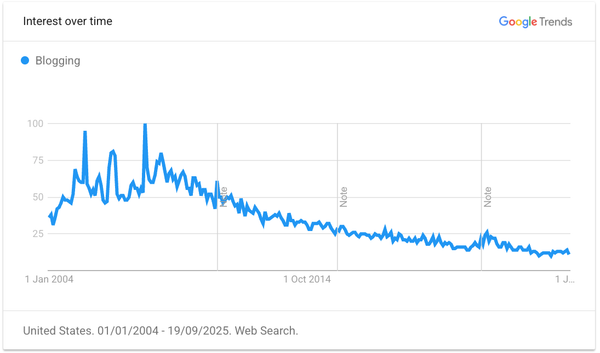Learn Faster with the Feynman Technique
The Feynman Technique is a learning method named after the famous physicist Richard Feynman. It can help you understand any topic faster and more thoroughly.

You have one day until your exam and you haven't even opened your 200-page textbook. One or two mysterious comments from your teacher let you know approximately what questions to expect, but you don't know where to start studying.
Finally, you skim through the whole book, write out the concepts and memorize as much as you have time and energy for. You're left with only a few definitions, but you hope you pull out a good batch.
Is this situation familiar?
There are other ways to do this. While the what to learn dilemma is obvious in most exam situations, no one over the years has answered the more important question: how to learn.
Several learning methods promote faster learning and the incorporation of the material into long-term memory.
One of them is the Feynman technique, named after Nobel Prize-winning physicist Richard Feynman. In this article, we will discuss the benefits and the exact steps to use the popular learning method.
If it's easy to forget what you've learned, takes a long time to learn concepts and you don't feel confident after preparation, the Feynman technique could be the solution for you.
What is the Feynman Technique?
The Feynman Technique helps you to learn and remember new concepts quickly by explaining them in a simple way.
If you can't explain it simply, you don't understand it well enough. - Albert Einstein
To reverse engineer Einstein's thinking, if you want to understand something, try to explain it. That's what the Feynman technique is all about.
Highlighting sentences and trying to memorize them is one of the least efficient learning methods, yet many people use it to prepare for exams with short deadlines.
The Feynman Technique can help you not only to recall what you have learned days later but also to better understand what you have learned.
You can use the technique to:
- understand concepts you have not grasped before
- remember concepts that you have understood but cannot recall when you need them (for example, in an exam)
- study effectively for exams
The story behind the Feynman Technique
The learning method is named after the Nobel Prize-winning physicist Richard Feynman. Feynman was a teacher who could explain complex physics and mathematics concepts in a way that laypeople could understand.
His explanations were always simple and to the point.
As a regular guest on TV programs and at conferences, he did much to promote science beyond the university.
The method was developed by Feynman while preparing for exams at Princeton University. As exams approached, he took a notebook and wrote in large letters:
Things I don't know.
On each page of this notebook, he wrote down unknown or complicated physical concepts and then wrote explanations for them in the simplest possible form. In this way, the later popular teacher proved that he really understood the material and made it easier to recall what he had learned with the Feynman notebook.
The four steps of the Feynman technique
1. Write down the name of the concept
Take a sheet of paper and write the concept you want to learn at the top of the sheet. Although the technique is named after Feynman, it is not just for learning mathematical rules.
You can use it to gain a deeper understanding of historical events, to interpret the Brezhnev Doctrine, or to memorize the characteristics of Art Nouveau.
2. Explain it in your own words
Break away from your notes, close the book, and try to explain the concept in simple sentences.
Imagine your five-year-old self sitting across you. You have to explain to him the difference between series and parallel circuits.
3. Check your thought process
- Did your explanation leave out a key element necessary to understand the concept?
- Are there still any unclear parts of your train of thought?
These are the parts you need to review, add to and make more clear in your mind.
Get back to your notes now and refresh your knowledge.
4. Simplify
If you have used complicated language or terms that are difficult for the layperson to understand, rephrase these parts. Your explanation should be understandable to people with no prior knowledge of the subject.

How does the method help you in exams?
It all sounds good, but when you have to prove your knowledge, which is where complex terms and multiple compound sentences work great.
Why use the Feynman technique?
It is a learning method that is limited to your internal dialogue and preparation at home. When you are called to account, you present what you have learned in the way you want.
If the teacher prefers multi-line definitions, you will be able to recall them, but you will also understand the essence and components of the concept.
The Feynman Technique is a great way to acquire experience in a goal-oriented way, to discover your gaps in knowledge, and to recall what you have learned later.



